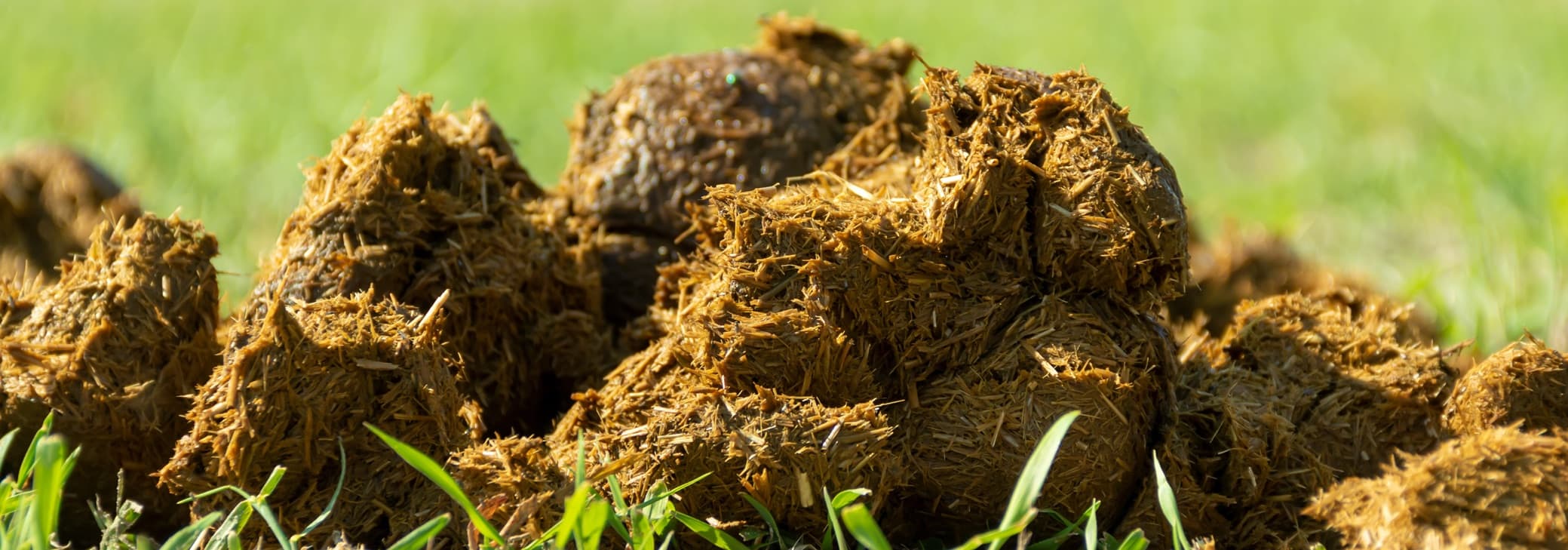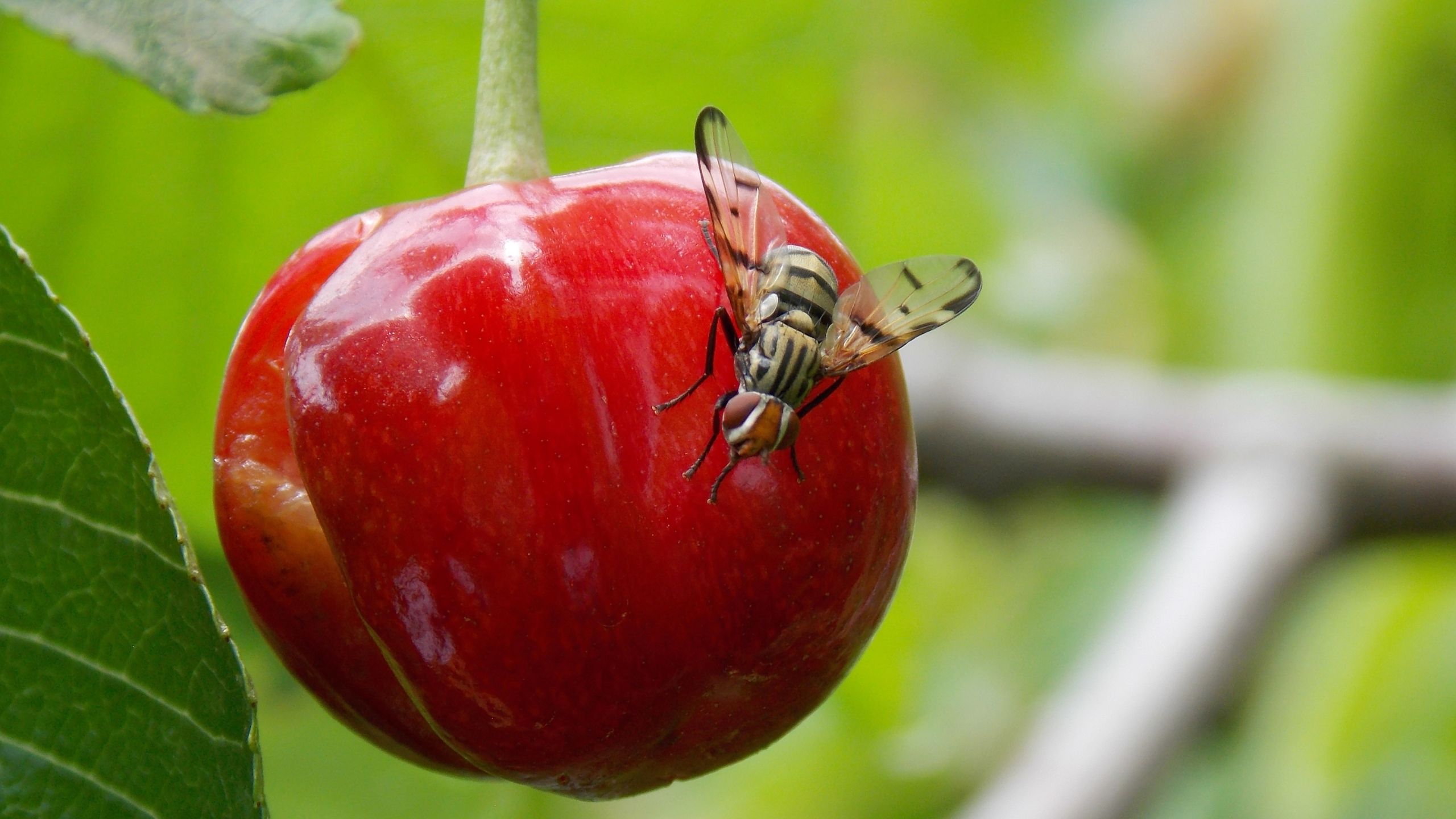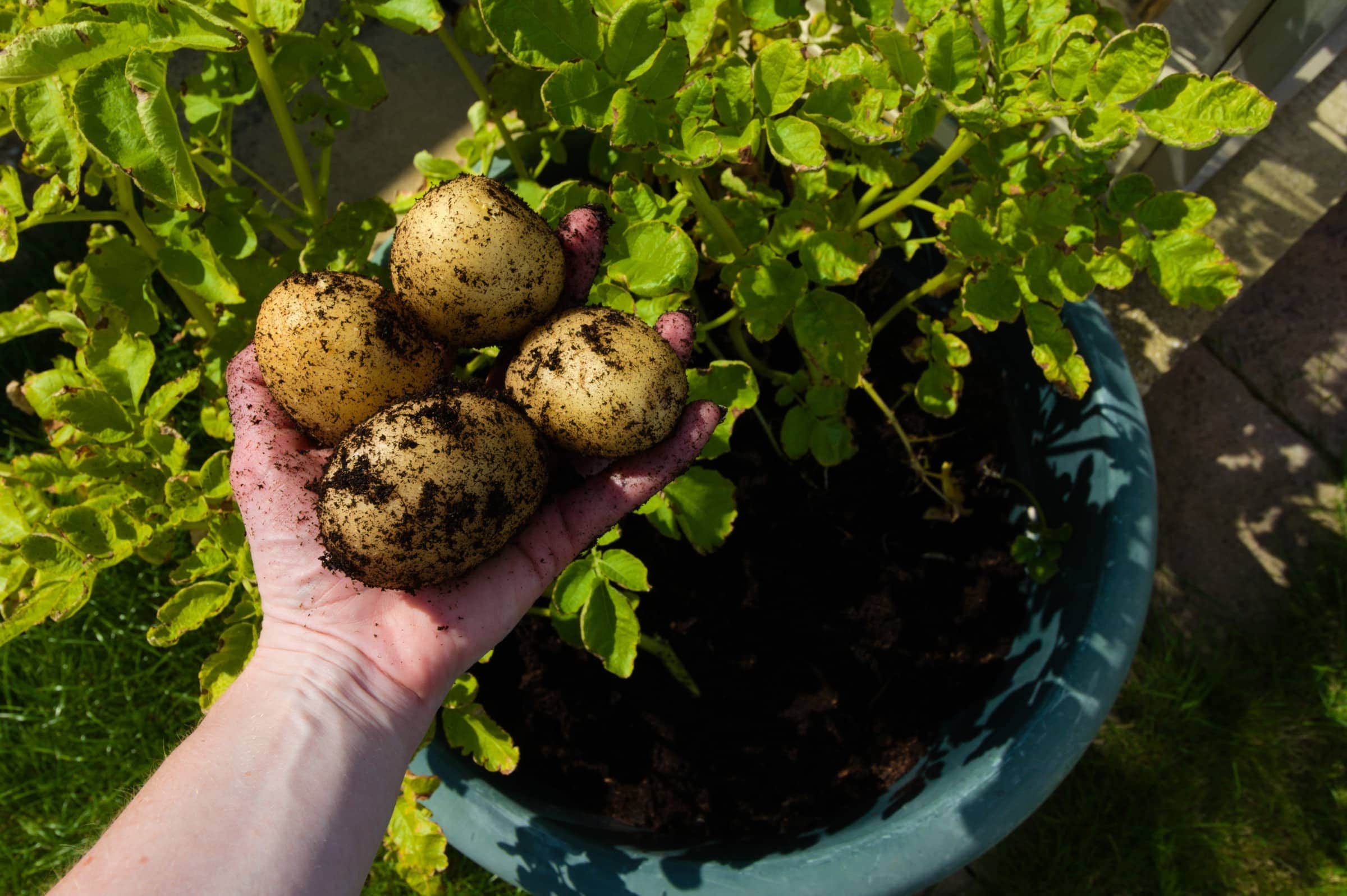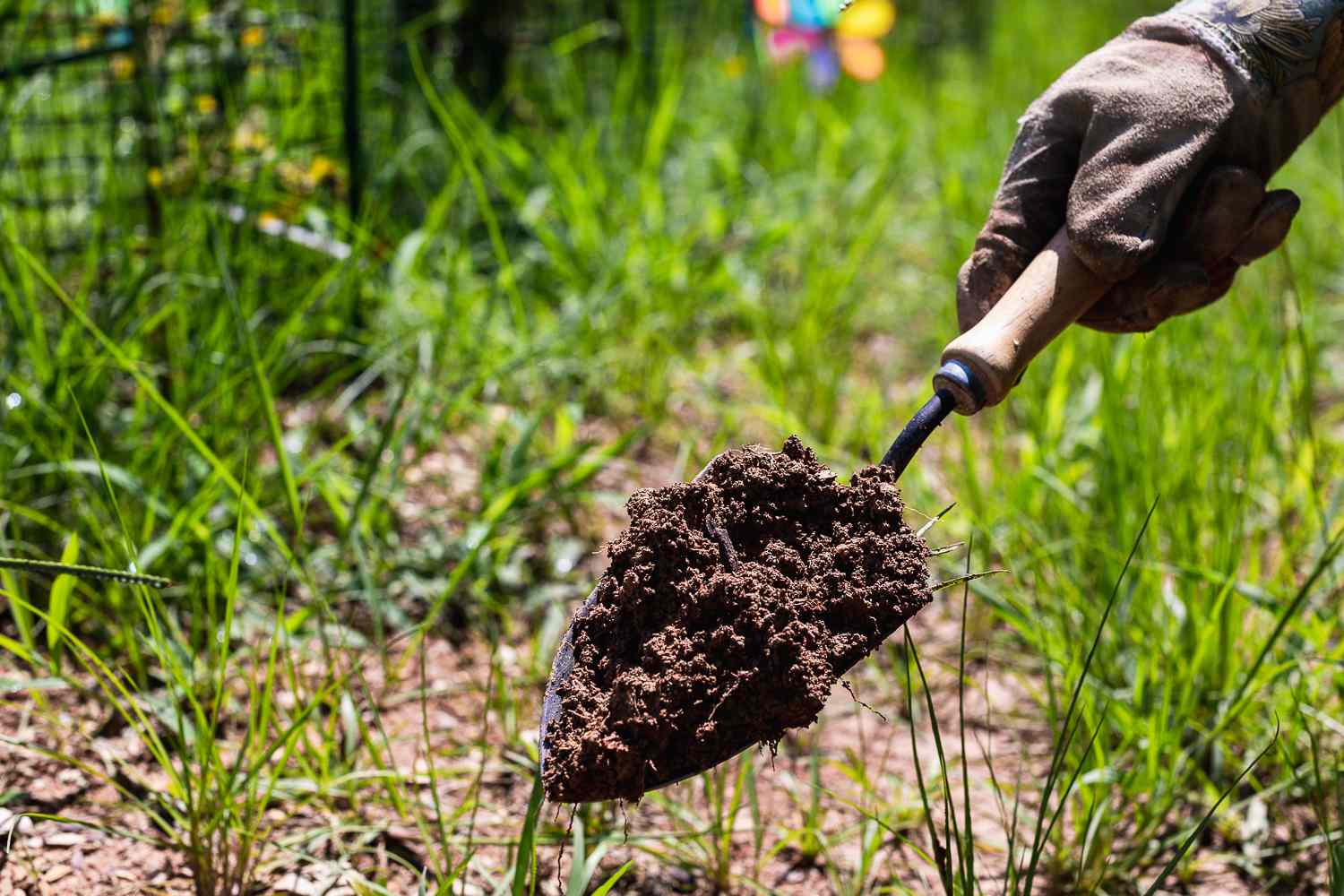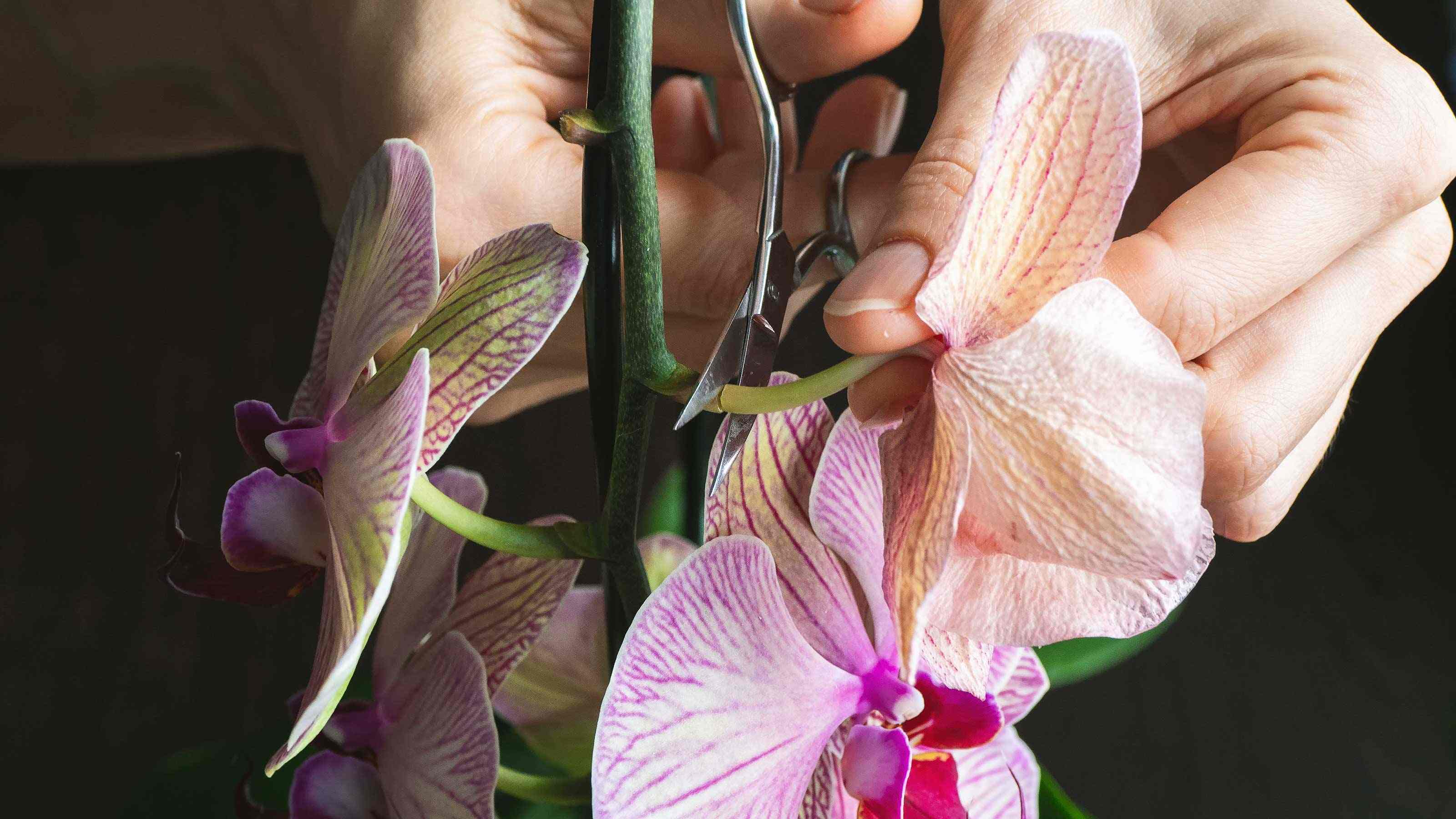Home>Gardening Basics>Getting Started>How Long To Keep Horses Off Pasture After Spraying For Weeds


Getting Started
How Long To Keep Horses Off Pasture After Spraying For Weeds
Published: December 17, 2023
Learn how to get started with pasture weed control and ensure the safety of your horses by knowing how long to keep them off the pasture after spraying for weeds. Avoid potential harm and keep your horses healthy.
(Many of the links in this article redirect to a specific reviewed product. Your purchase of these products through affiliate links helps to generate commission for Chicagolandgardening.com, at no extra cost. Learn more)
Table of Contents
Introduction
When it comes to maintaining a healthy pasture for your horses, weed control is a crucial aspect of pasture management. However, the application of herbicides to combat weeds raises the important question of how long horses should be kept off the pasture to ensure their safety. This concern stems from the potential health risks associated with horses grazing on pastures treated with herbicides, as certain chemicals can be harmful if ingested. As a responsible horse owner, it's essential to understand the factors involved in determining the waiting period before allowing horses back onto the pasture after weed spraying. By considering various factors such as the type of herbicide used, environmental conditions, and alternative grazing options, you can make informed decisions to safeguard the well-being of your equine companions while effectively managing weed control. Let's delve into the key considerations and guidelines for determining the appropriate waiting period before horses can safely return to the pasture after weed spraying.
Maintaining a balance between weed control and horse safety is paramount in pasture management. Understanding the waiting period for horses to re-enter the pasture after herbicide application is crucial for promoting the health and well-being of the animals while effectively managing weed growth.
Factors to Consider
Several factors come into play when determining the appropriate waiting period before allowing horses back onto a pasture that has been treated with herbicides. Understanding these factors is essential for making informed decisions that prioritize the safety of the horses while effectively managing weed control.
- Type of Herbicide: The type of herbicide used is a critical factor in determining the waiting period before horses can safely return to the pasture. Different herbicides have varying properties, including their persistence in the environment and potential toxicity to grazing animals. It is crucial to carefully read and follow the herbicide label instructions, which often provide specific guidelines regarding re-entry intervals for horses and other livestock.
- Environmental Conditions: Environmental factors such as temperature, humidity, and rainfall can influence the degradation and dissipation of herbicides in the pasture. Warmer temperatures and adequate moisture levels may facilitate the breakdown of herbicides, potentially reducing the waiting period before horses can safely graze on the treated pasture. Conversely, certain environmental conditions may prolong the persistence of herbicides, necessitating an extended waiting period to ensure the safety of the horses.
- Herbicide Application Rate: The rate at which the herbicide was applied and its concentration in the pasture soil and vegetation can impact the waiting period for re-entry. Higher application rates or concentrated herbicide formulations may necessitate a longer waiting period to allow for adequate dissipation and minimize potential exposure to grazing horses.
- Pasture Size and Layout: The size and layout of the pasture can also influence the waiting period after herbicide application. Horses may have access to different areas of the pasture, and the distribution of herbicide application across the pasture can affect the waiting period for specific sections. Understanding the spatial dynamics of herbicide application and pasture utilization is vital for implementing appropriate grazing restrictions.
- Health and Age of Horses: Consideration should be given to the health and age of the horses in determining the waiting period. Young, elderly, or immunocompromised horses may be more susceptible to the potential effects of herbicide exposure, necessitating a cautious approach and potentially longer waiting periods to mitigate any risks.
By carefully evaluating these factors and consulting with agricultural or equine professionals, horse owners can make well-informed decisions regarding the waiting period before reintroducing horses to pastures treated with herbicides. Prioritizing the safety and well-being of the horses while effectively managing weed control is essential for sustainable pasture management.
Types of Herbicides
Herbicides, commonly known as weed killers, are essential tools for controlling unwanted vegetation in pastures. Understanding the different types of herbicides and their properties is crucial for determining the appropriate waiting period before allowing horses back onto treated pastures.
Herbicides can be classified based on their mode of action, persistence in the environment, and potential impact on grazing animals. The following are common types of herbicides used for pasture weed control:
- Selective Herbicides: These herbicides target specific types of plants while minimizing harm to desirable forage species. Selective herbicides can be beneficial for maintaining a balanced pasture ecosystem, but caution must be exercised to ensure that grazing animals are not exposed to potential harm.
- Non-Selective Herbicides: Non-selective herbicides are effective against a broad spectrum of plant species and are often used to clear large areas of vegetation. However, their use in pastures requires careful consideration of grazing restrictions due to the potential impact on both unwanted weeds and desirable forage plants.
- Residual Herbicides: Residual herbicides remain active in the soil for an extended period, providing long-term weed control. While effective, these herbicides may necessitate longer waiting periods before allowing horses to graze on treated pastures to mitigate potential exposure to residual chemicals.
- Contact Herbicides: Contact herbicides act quickly to kill the plant tissue they come into direct contact with, making them suitable for controlling actively growing weeds. However, their rapid action may require careful consideration of grazing restrictions to prevent potential ingestion by horses immediately after application.
- Systemic Herbicides: Systemic herbicides are absorbed by plant tissues and translocated throughout the plant, effectively targeting the root system. The prolonged activity of systemic herbicides may influence the waiting period for horses to re-enter treated pastures, considering the potential persistence of the chemicals in the plant material.
Understanding the characteristics and potential effects of these herbicide types is essential for implementing appropriate grazing restrictions and ensuring the safety of horses following weed control treatments. Horse owners should carefully review the herbicide label instructions and seek guidance from agricultural or equine professionals to make informed decisions regarding pasture management and herbicide use.
Waiting Periods
The waiting period before reintroducing horses to pastures after herbicide application is a critical consideration for ensuring the safety of the animals and minimizing potential herbicide exposure. While specific waiting periods can vary based on the herbicide used and environmental conditions, it is essential to adhere to recommended guidelines to safeguard the well-being of grazing horses.
Herbicide labels often provide valuable information regarding re-entry intervals, outlining the duration that horses should be kept off treated pastures after application. These guidelines take into account factors such as the herbicide’s persistence, potential toxicity to grazing animals, and recommended grazing restrictions to minimize exposure. It is imperative for horse owners to carefully review and follow the re-entry intervals specified on herbicide labels, as failure to observe these guidelines could pose health risks to the horses.
Additionally, consulting with agricultural extension services, veterinarians, or equine specialists can provide valuable insights into determining appropriate waiting periods based on specific herbicide applications and pasture conditions. Factors such as the herbicide’s active ingredients, application rates, and environmental considerations may influence the duration of the waiting period, necessitating a tailored approach to managing grazing restrictions.
Environmental conditions also play a significant role in determining waiting periods after herbicide application. Factors such as temperature, rainfall, and soil characteristics can impact the degradation and dissipation of herbicides in the pasture. Warmer temperatures and adequate moisture levels may facilitate the breakdown of certain herbicides, potentially reducing the waiting period before horses can safely graze on the treated pasture. Conversely, cooler or drier conditions may prolong the persistence of herbicides, requiring an extended waiting period to ensure the safety of grazing horses.
While adhering to waiting periods is crucial, implementing alternative grazing options during the restricted period can help meet the horses’ nutritional needs and minimize pasture utilization. Providing access to alternative forage sources, such as dry lots, hay, or supplemental feed, can help mitigate the impact of grazing restrictions while ensuring that the horses receive adequate nutrition during the waiting period.
By carefully considering herbicide-specific guidelines, environmental factors, and alternative grazing options, horse owners can effectively manage waiting periods and grazing restrictions following herbicide applications, ultimately prioritizing the safety and well-being of their equine companions.
Alternative Grazing Options
During the waiting period after herbicide application, implementing alternative grazing options can help meet the nutritional needs of horses while minimizing their access to treated pastures. By providing alternative forage sources and managing grazing restrictions, horse owners can ensure that their equine companions receive adequate nutrition and care during the period when pasture access is restricted.
One effective alternative grazing option is the utilization of dry lots or dry paddocks, which are enclosed areas with little to no vegetation. These designated areas provide a controlled environment where horses can safely graze or receive supplemental feed without accessing treated pastures. Dry lots offer a practical solution for managing grazing restrictions, especially when the waiting period after herbicide application necessitates keeping horses off the pasture for an extended duration.
Supplemental feeding is another essential component of alternative grazing options during waiting periods. Providing high-quality hay or forage, along with balanced concentrate feeds, ensures that horses receive the necessary nutrients and dietary requirements while pasture access is restricted. Supplemental feeding can help maintain the horses’ health and well-being, compensating for the limited grazing opportunities during the waiting period.
Temporary turnout in unmanaged or untreated areas of the property can also serve as an alternative grazing option, allowing horses to access vegetation that has not been treated with herbicides. However, careful consideration should be given to the safety and suitability of these areas for temporary grazing, taking into account factors such as vegetation quality, terrain, and potential hazards.
Furthermore, rotational grazing management can be employed to optimize pasture utilization and minimize the impact of grazing restrictions during the waiting period. By rotating horses through designated grazing areas that have not been recently treated with herbicides, horse owners can effectively manage pasture resources while adhering to re-entry intervals for treated pastures. This approach helps distribute grazing pressure, promotes regrowth in untreated areas, and supports sustainable pasture management practices.
Consulting with equine nutritionists, veterinarians, or agricultural experts can provide valuable guidance in implementing alternative grazing options and developing feeding strategies tailored to the specific needs of horses during waiting periods. By proactively addressing the nutritional and grazing requirements of horses, even during restricted pasture access, horse owners can uphold the welfare of their animals and promote responsible pasture management practices.
Conclusion
Managing the waiting period before reintroducing horses to pastures following herbicide applications is a multifaceted endeavor that requires careful consideration of various factors. By understanding the type of herbicides used, environmental conditions, and recommended re-entry intervals, horse owners can prioritize the safety and well-being of their equine companions while effectively managing weed control in pastures.
It is imperative for horse owners to familiarize themselves with the characteristics and properties of different herbicide types, including selective, non-selective, residual, contact, and systemic herbicides. Each type presents unique considerations for grazing restrictions and waiting periods, necessitating informed decision-making to mitigate potential risks to the horses.
Environmental factors such as temperature, moisture levels, and soil conditions play a significant role in influencing the degradation and dissipation of herbicides in pastures. Understanding the interplay of these environmental variables is crucial for determining the duration of waiting periods and implementing appropriate grazing restrictions to safeguard the horses’ health.
While adhering to waiting periods is essential, providing alternative grazing options such as dry lots, supplemental feeding, temporary turnout in untreated areas, and rotational grazing management can help meet the nutritional needs of horses during restricted pasture access. These alternative strategies contribute to maintaining the horses’ well-being and ensuring that they receive adequate nutrition, even when grazing on treated pastures is temporarily restricted.
Ultimately, the prudent management of waiting periods after herbicide applications reflects a commitment to responsible pasture management and the welfare of grazing horses. By integrating knowledge of herbicide types, environmental considerations, and alternative grazing options, horse owners can navigate the complexities of herbicide use in pastures while upholding best practices for equine care and sustainable land stewardship.
